Bowne Lecture Hall was originally built in the 1920's or 30's as a gymnasium with a large pool in the basement area. Athletic Coach Harry Simester showed us the remnants of the pool area and gave us a tour of the building when we first arrived as new students on campus. The entire building was renovated as a concert hall with a spacious main hall, a large second story balcony, and a pretty impressive stage up front. I think that Drew eventually allowed the New Jersey Shakespeare Company to perform there on a regular basis. As I have not been back to the campus since graduation in 1970, I am not sure how the building is presently used.
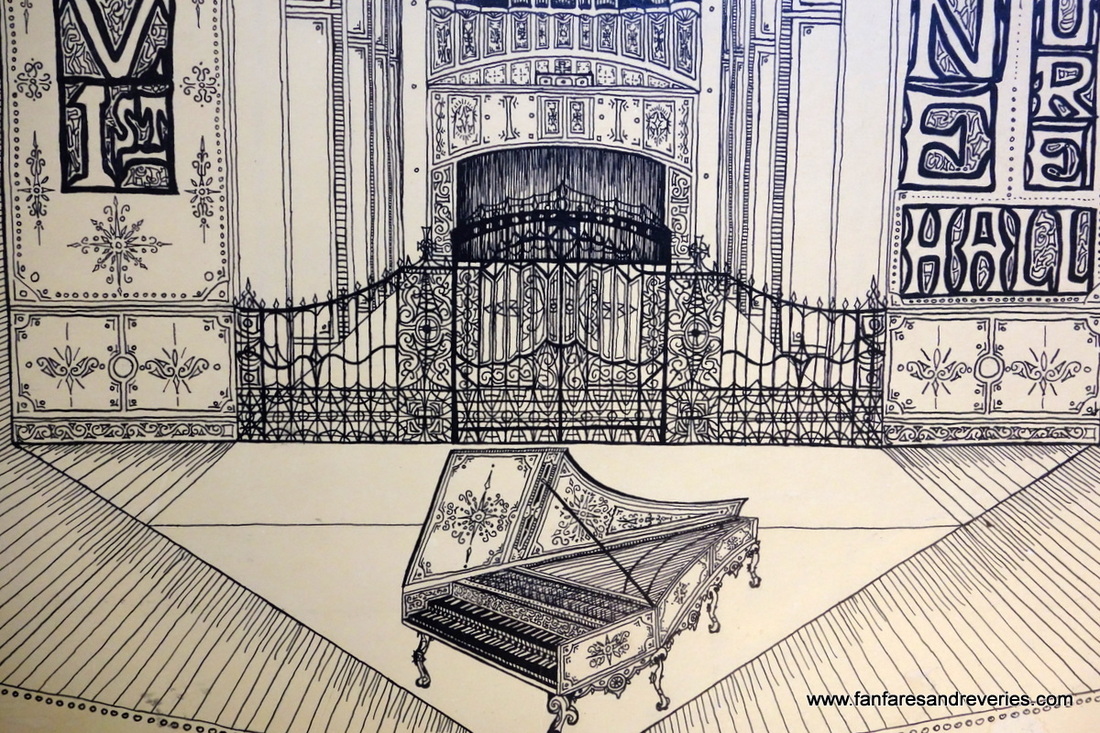
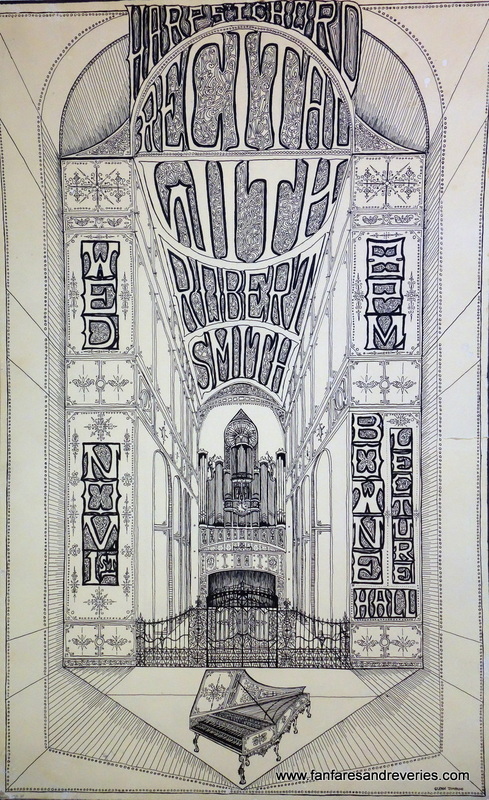
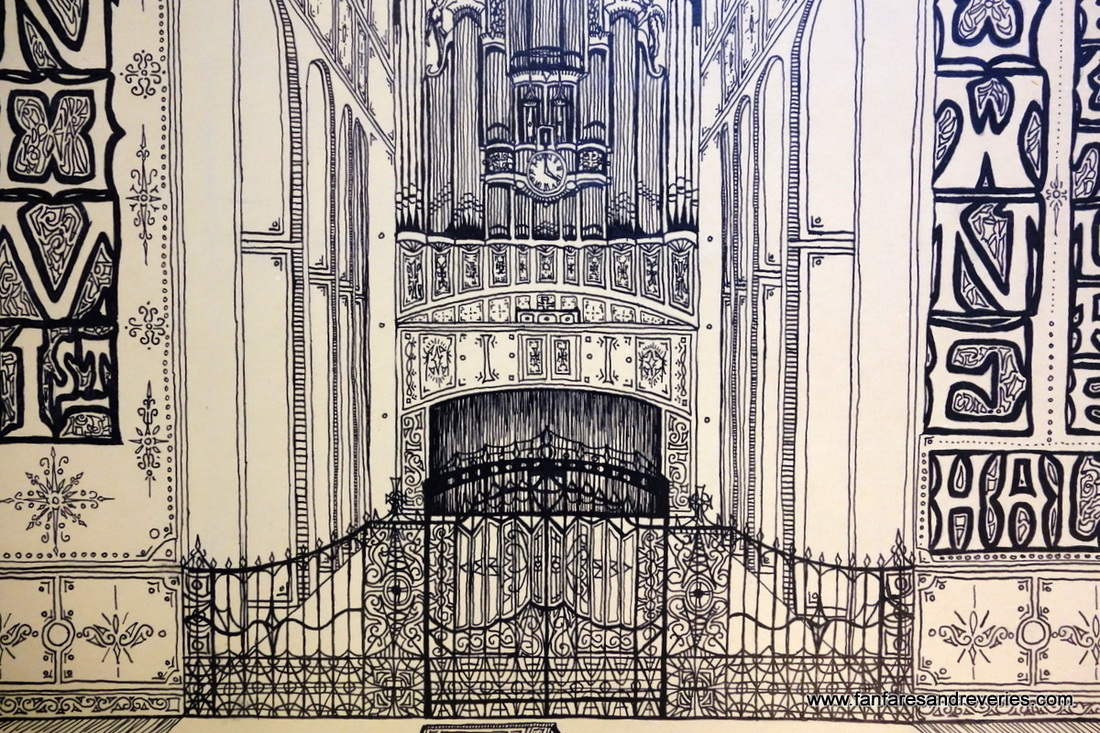
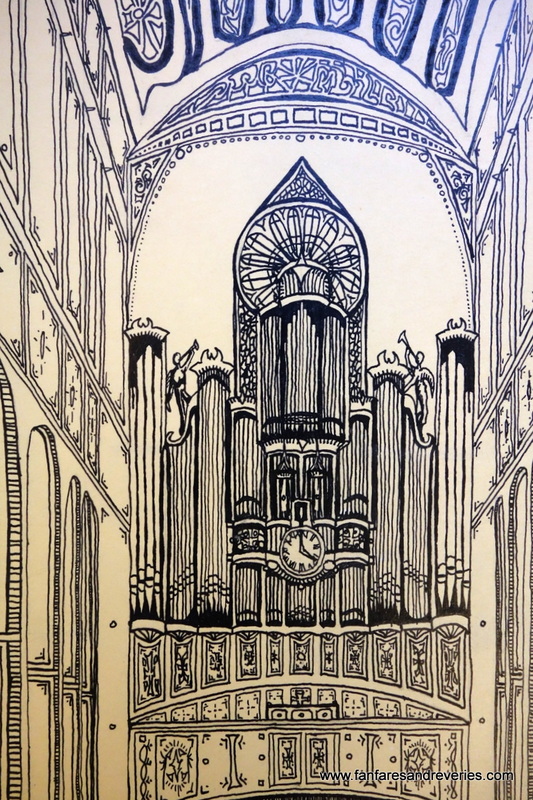
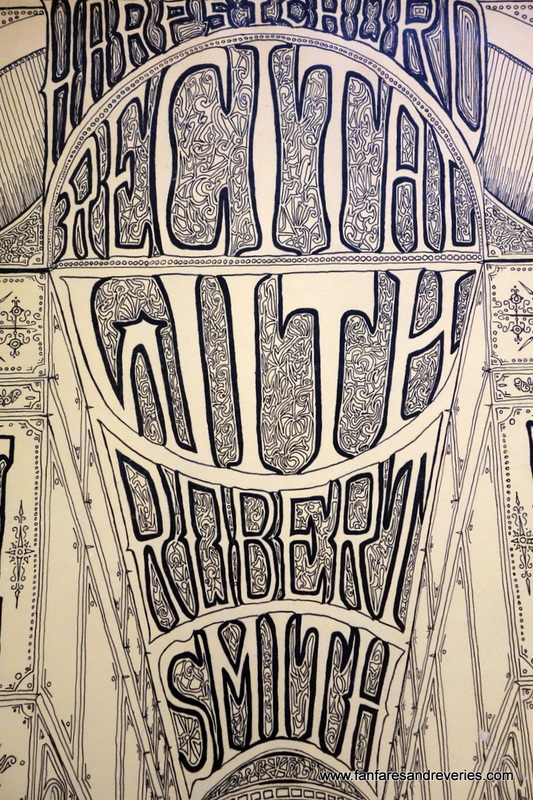
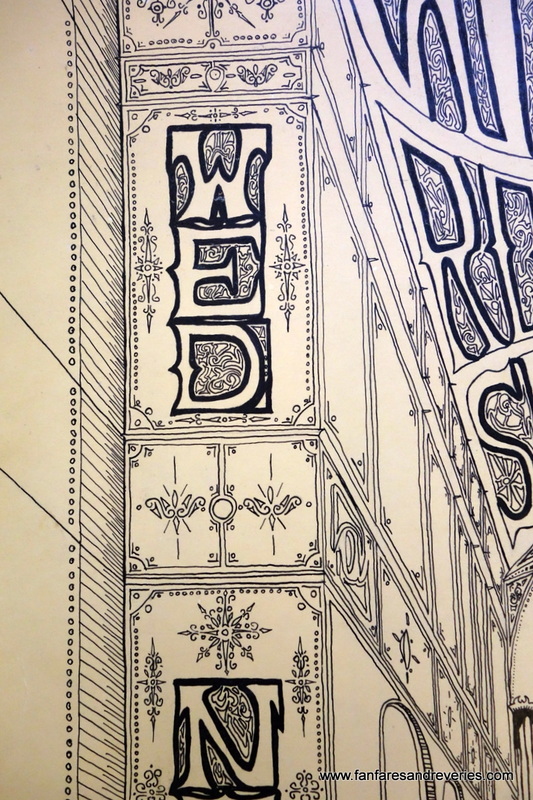
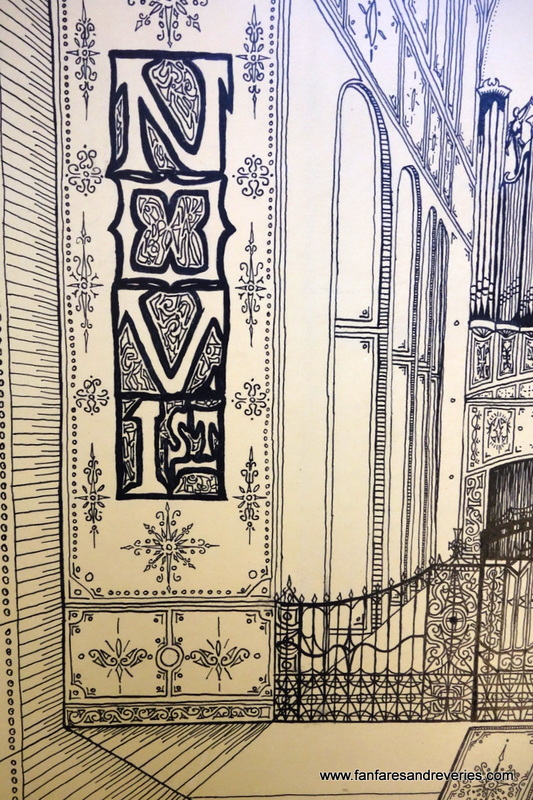
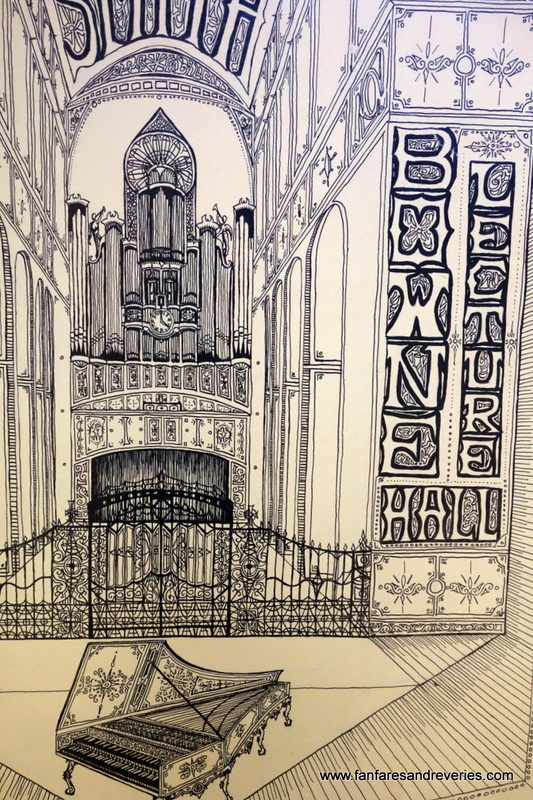
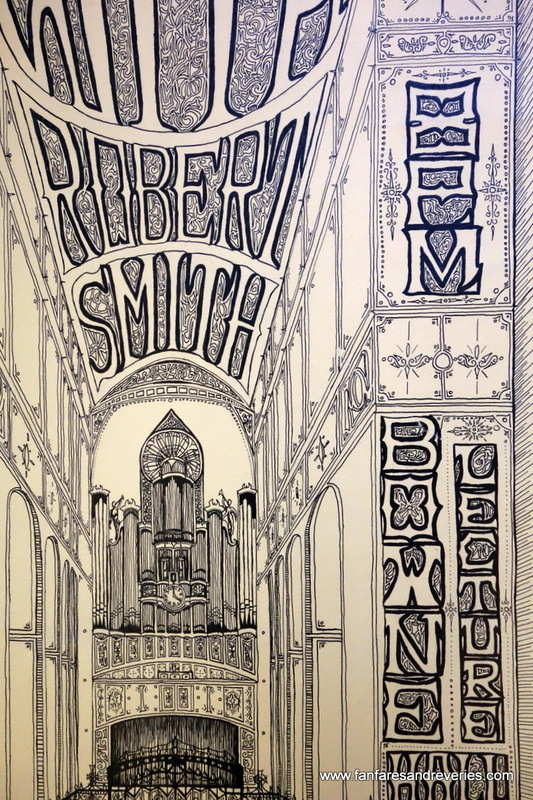
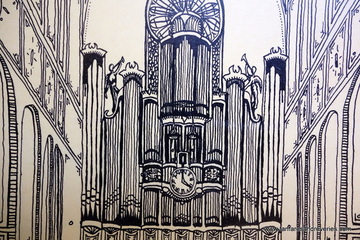
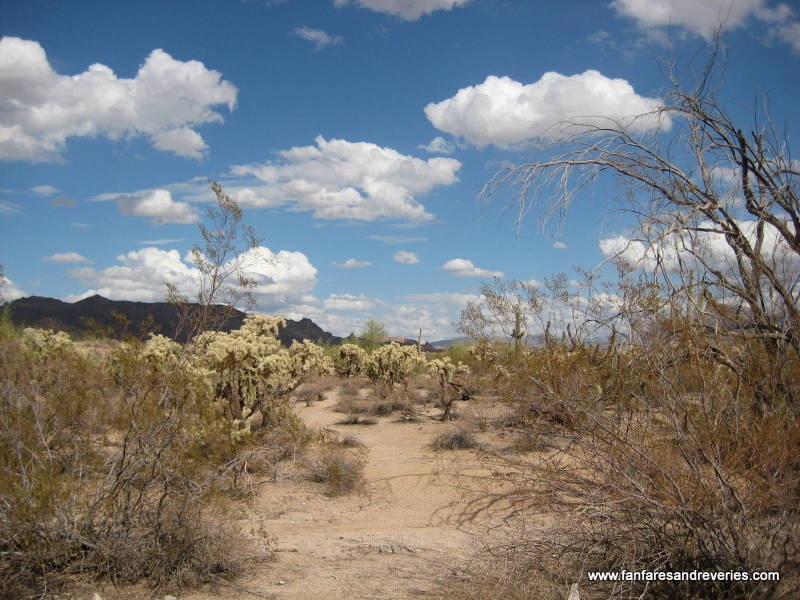
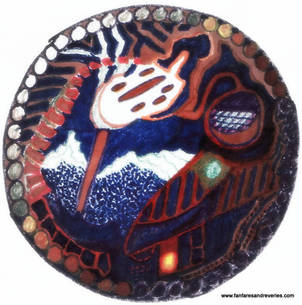
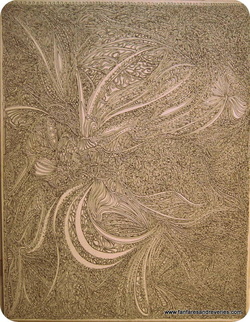
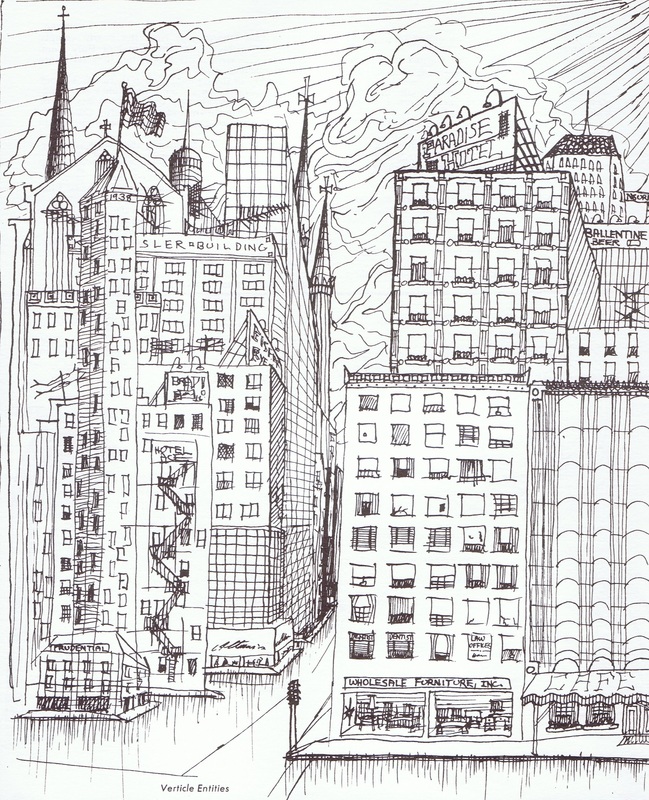
 RSS Feed
RSS Feed